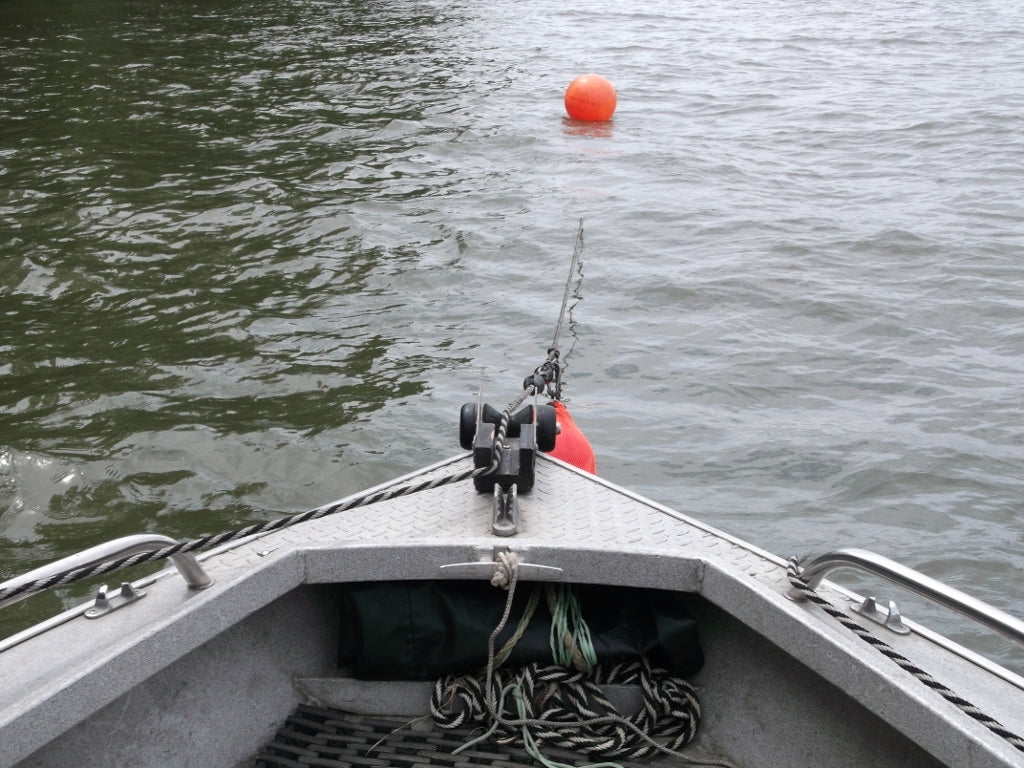How To Anchor Your Boat Safely
Posted by ANCHOR-CADDIE.COM STAFF

How To Anchor Your Boat Safely
When it comes to boating, one of the most important skills to master is anchoring your boat safely. Whether you're planning to spend a relaxing day on the water or you're heading out for a fishing adventure, knowing how to anchor your boat properly will ensure your safety and the safety of others.
Choose the Right Anchor
The first step in anchoring your boat safely is choosing the right anchor. The type of anchor you need will depend on the size and weight of your boat, as well as the type of water conditions you will encounter. Common types of anchors include danforth anchors, plow anchors, and mushroom anchors. It's important to choose an anchor that is appropriate for your specific boating needs.
Find a Suitable Anchoring Spot
Once you have the right anchor, the next step is to find a suitable spot to anchor your boat. Look for an area with a sandy or muddy bottom, as these types of bottoms provide better holding power for the anchor. Avoid areas with rocky or weedy bottoms, as they can prevent the anchor from properly gripping the surface.
Prepare Your Anchor System
Before dropping anchor, make sure your anchor system is properly prepared. This includes attaching the anchor to the anchor line or chain, and ensuring that the line or chain is in good condition. It's also important to have enough scope, which is the ratio of the length of the anchor line to the depth of the water. A general rule of thumb is to have a scope of 7:1, meaning if you're anchoring in 10 feet of water, you should let out 70 feet of anchor line.
Drop and Set the Anchor
Once you're in the desired anchoring spot and your anchor system is prepared, it's time to drop and set the anchor. Slowly lower the anchor to the bottom while paying out the anchor line or chain. Once the anchor has touched the bottom, gently reverse your boat's direction to set the anchor. You can do this by slowly backing down on the anchor line while keeping the engine in reverse. This will help the anchor dig into the bottom and provide better holding power.
Monitor Your Position
After anchoring your boat, it's important to monitor your position to ensure that the anchor is holding securely. Pay attention to any changes in wind or current direction, as these can cause your boat to drift. Use landmarks or GPS to keep track of your position, and be prepared to reposition the anchor if necessary.
Retrieve the Anchor
When it's time to leave, make sure to retrieve the anchor properly. Slowly motor up to the anchor while pulling in the anchor line or chain. Once the anchor is aboard, secure it in a proper storage location and ensure that the anchor line or chain is properly stowed.
By following these steps, you'll be able to anchor your boat safely and enjoy your time on the water with peace of mind. Remember, proper anchoring is not only essential for your safety but also for the protection of marine environments. Happy boating!


